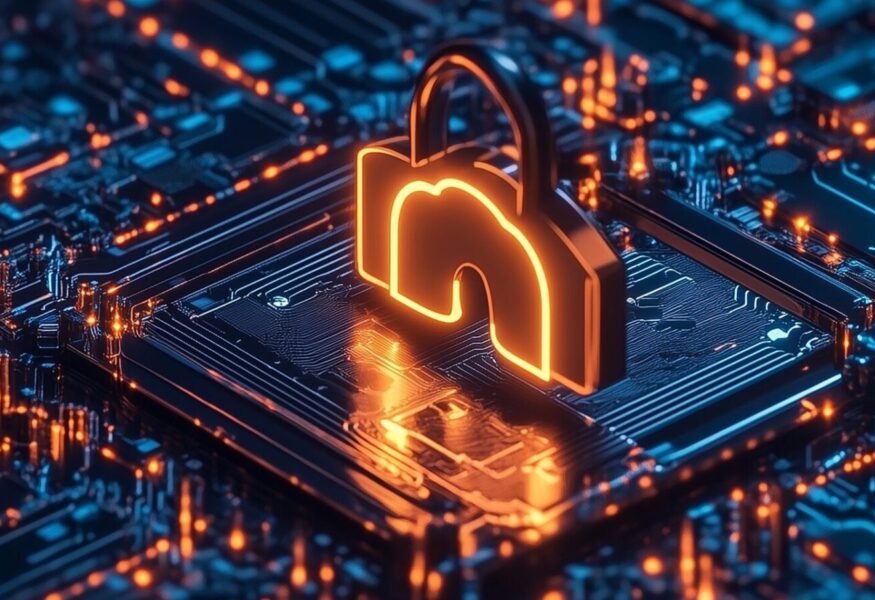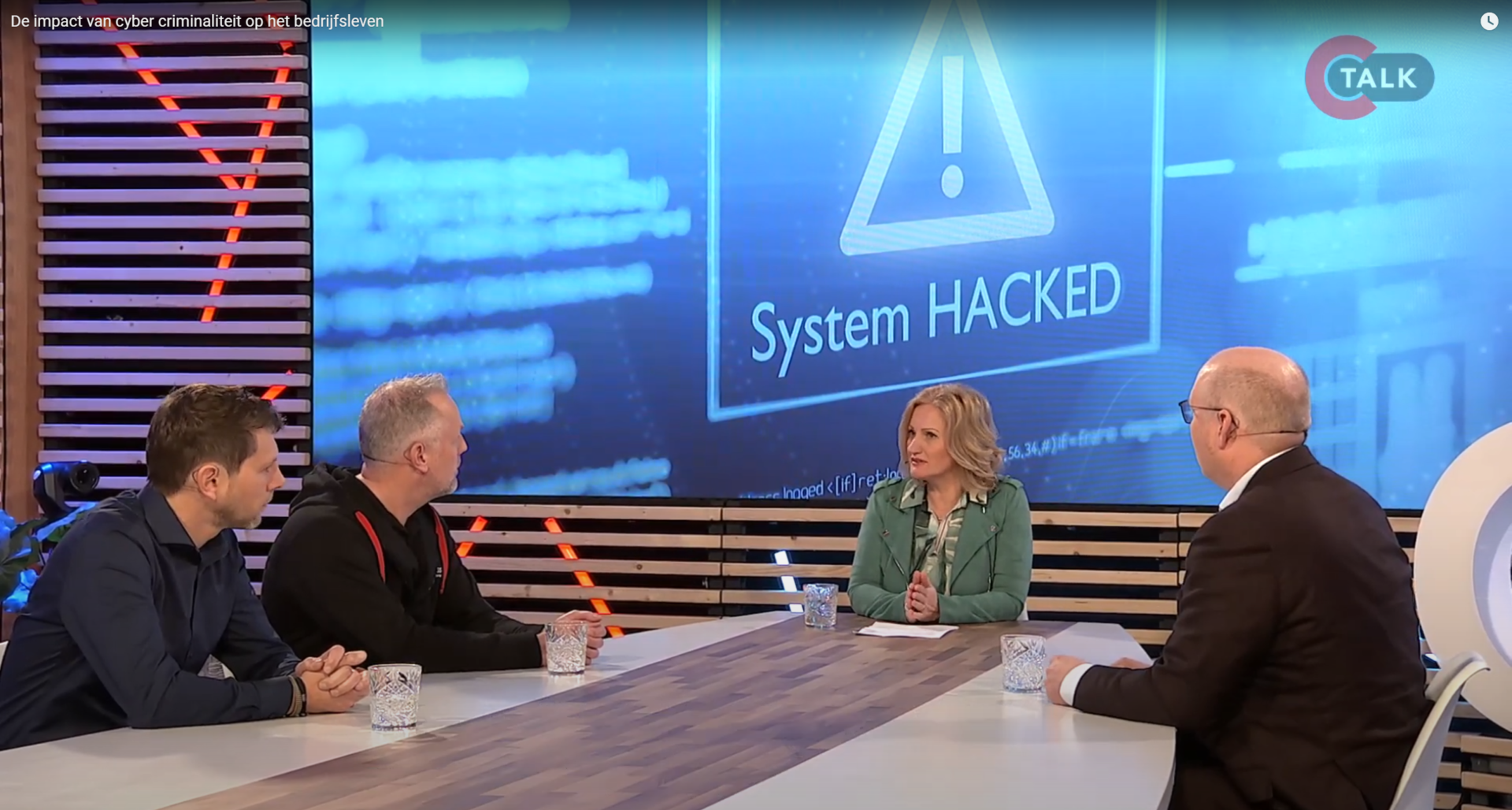Four conditions to prevent phishing
How do you prevent your employees from falling into a phishing trap? Awareness plays an important role in this, but so does using the right tools and processes. This is what your organisation can do:
1. Employee awareness and training
Phishing plays on human weaknesses. So the key to preventing phishing lies largely with your people. So train your employees regularly in recognising phishing attacks. For instance, with workshops, webinars or simulations. This way, you work on awareness and keep your employees informed about the latest phishing methods used by cybercriminals. The better informed your people are, the less likely they are to fall into the trap.
2. AI-powered email filters and software
Before human error, such as responding to a fake e-mail, software can prevent it. Advanced e-mail filters and anti-virus software identify and block these phishing messages in time. Artificial intelligence (AI) helps with this. By implementing AI-driven solutions, you get notifications of suspicious patterns and anomalous mail traffic at the earliest possible stage.
3. Continuous monitoring and an incident response plan
A dedicated security team is indispensable to stay one step ahead of hackers. After all, cybersecurity is a continuous process and a phishing attack can happen at any time. By constantly monitoring and detecting risks, you can act quickly if necessary. Also make sure you have a thorough incident response plan, which is put into action immediately once there are suspicions of a successful phishing attack. This plan includes your steps for isolation, analysis and recovery from the attack.
4. Provide reporting tools, guidelines and evaluations
What do your employees do when they see a suspicious mail? If there is no clear procedure for this, chances are your employee will simply ignore this suspicious mail and not report it. Thus, you miss the opportunity to analyse this phishing attempt and possibly eliminate it for the future. Therefore, provide clear reporting tools and guidelines for employees to report suspicious emails. During periodic reviews, these reported incidents are your baggage to discover trends and further improve your security measures.








